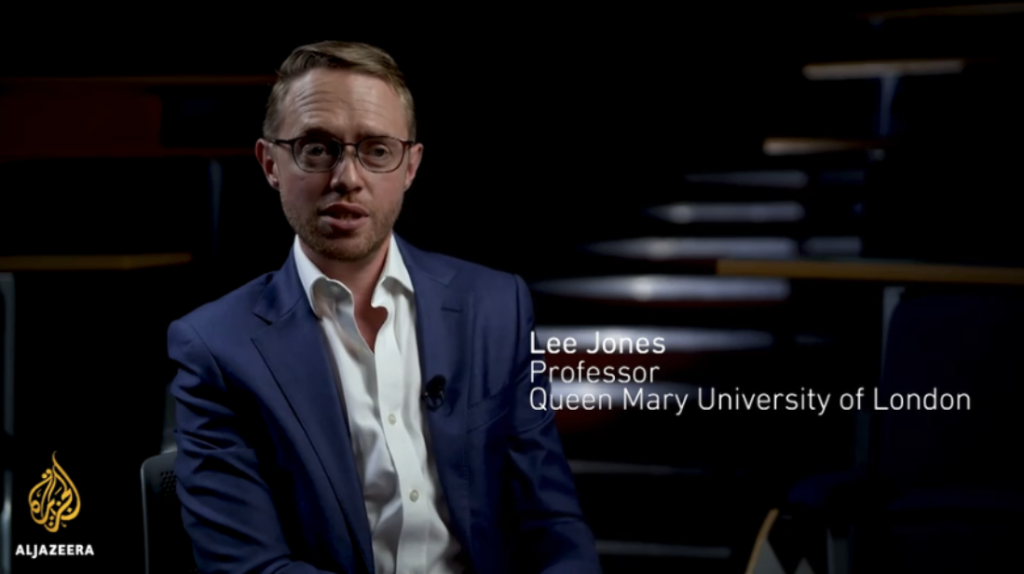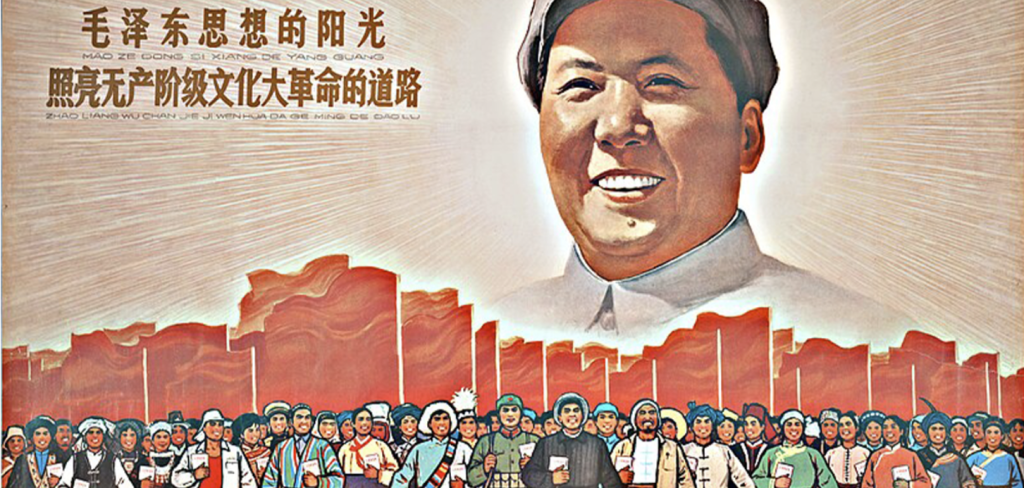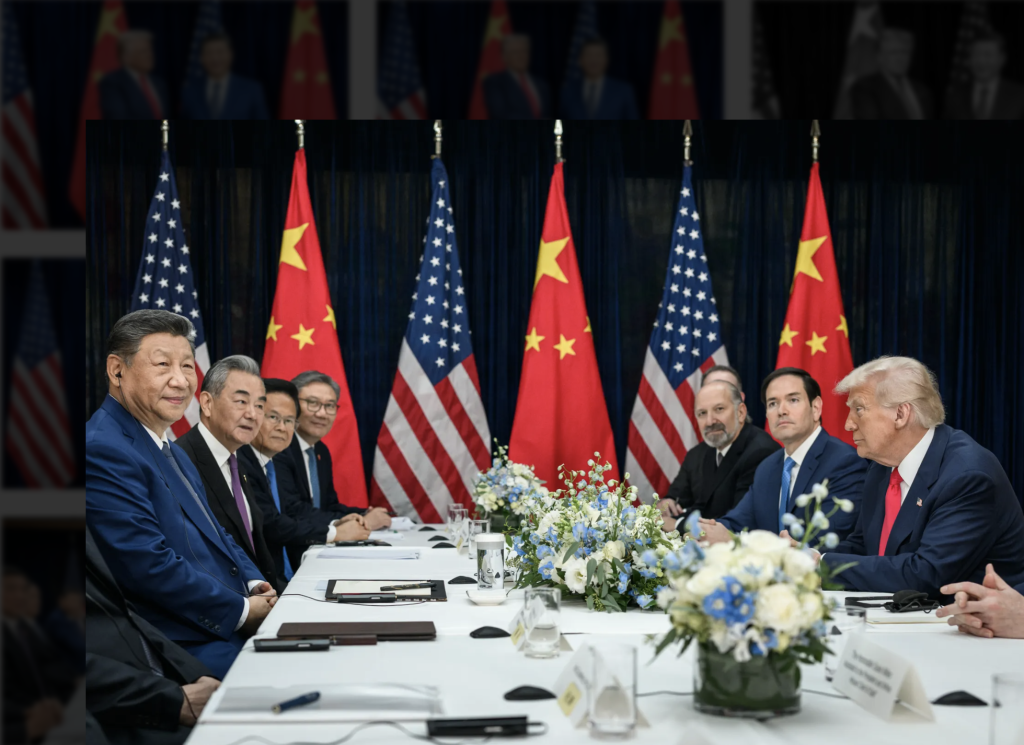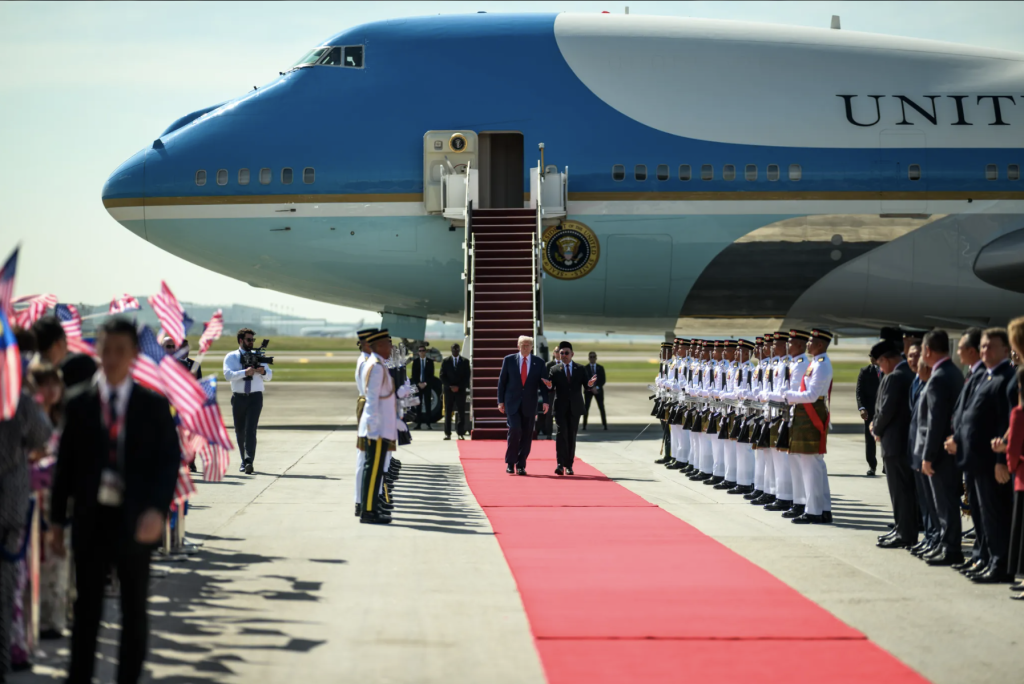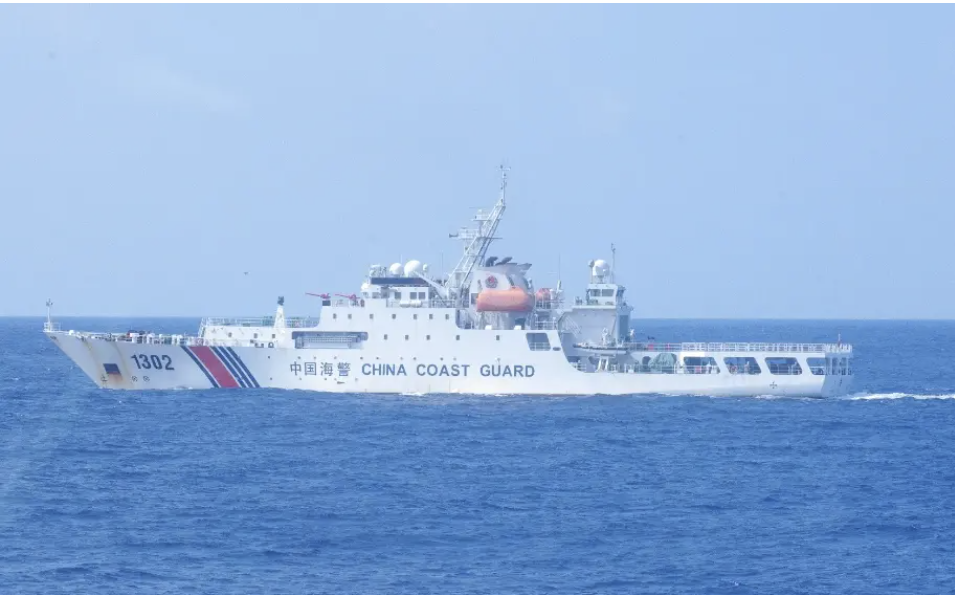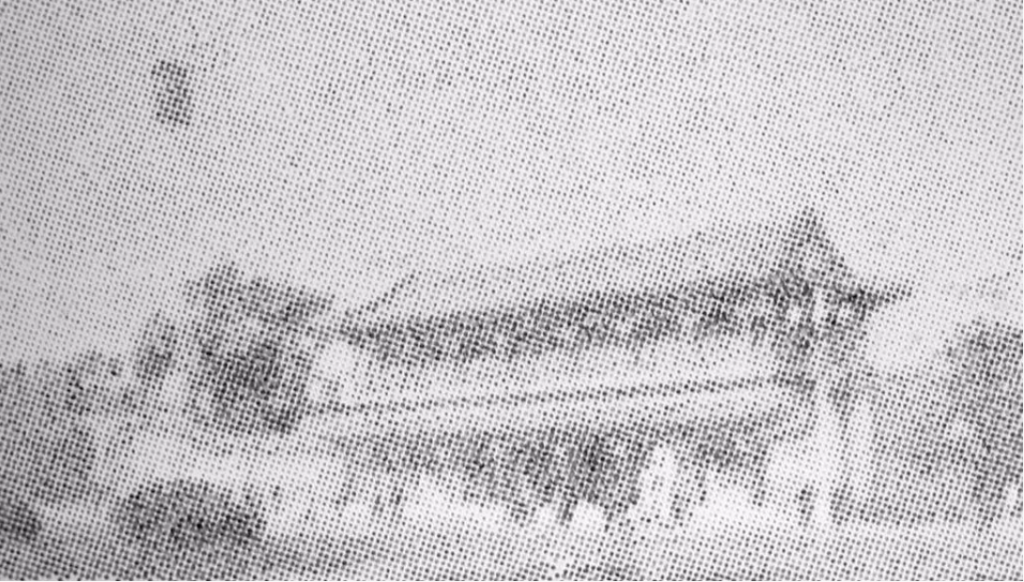Trump Warns of Prolonged Trade War: Why a comprehensive trade deal is still unlikely
By Mark Weiss
President Trump warned on Tuesday that the ongoing US-China trade war may last longer than expected. In fact, he floated the idea of waiting until after the 2020 presidential election to reach an agreement.
During a London appearance at the 2019 NATO summit, President Trump told reporters that Chinese officials want to reach an agreement soon, but he is in no such hurry: “I have no deadline,” said the President. “In some ways I like the idea of waiting until after the election for the China deal.”
The comments quickly resonated throughout the financial world. Having to contend with the possibility of an extended trade war, investors swiftly retracted. The Dow Jones Industrial Average immediately decreased by 280.23 points, falling as far as 457.91 points by the end of the day. The S&P 500 dropped by up to 1.7% and the Nasdaq by as much as 1.6%. As if to appease the anxious traders, President Trump and President Xi later signaled their intent to implement their previously-negotiated “phase one” deal, which would nullify Trump’s promised December 15th round of tariffs.
Skeptics argue, however, that the phase one deal is only a temporary solution to an incredibly complex issue. Indeed, there are plenty of legitimate reasons to suspect that a comprehensive agreement between the US and China is far from materializing.
Policy experts caution that the increasingly intermingled economies of the US and China pose major roadblocks to achieving a mutually-agreeable deal. The rise of the tech industry and disputes over intellectual property in particular make separating the two economies incredibly difficult.
Additionally, there are many other factors out of the presidents’ control which make a trade agreement less likely. Michael Pettis of Foreign Policy recently pointed out that trade wars often result from domestic income inequality rather than the personal agendas of world leaders. China in particular has been criticized for their abnormally high national savings rate, but this is more likely attributable to the diminished purchasing power of their working class and retiree populations than some nefarious plot by their government. Less disposable income translates to fewer purchases of domestic goods, which forces the government to use international trade to offset the imbalances at home. Indeed, this is a common tactic used by developed economies, and one which suggests that the US-China trade imbalances cannot be solved purely through a negotiated deal.
Furthermore, tensions between the United States and China have begun to extend beyond trade. Less than one week before his remarks at the NATO summit, President Trump signed legislation authorizing sanctions against foreign officials who committed human rights abuses in Hong Kong, where protests against the Chinese government are becoming increasingly violent. Outraged, China’s Foreign Ministry rebuked the United States for an act that allegedly “violated international law and basic norms of international relations.” They further accused President Trump of signing the bill with “sinister intention” to obtain leverage in the trade war – an unambiguous signal that the government of China will consider this move during negotiations.
While the December 15th apocalypse may have been thwarted by the phase one agreement, there are clearly abundant reasons to suspect that a holistic deal is still a pipe dream. Nevertheless, both President Trump and President Xi are likely desperate to put an end to their ongoing feud. Manufacturing in the United States is currently headed toward recession, according to Torsten Slok, chief economist at Deutsche Bank Securities. He added that these concerns are driven by “uncertainty caused by the trade war.” Aware of the effects the trade war has had on rural Americans, President Trump has been forced to subside farmers, who have been among those affected most by the billions of dollars that the US has levied on Chinese goods and the retaliatory tariffs from China on US agricultural products (like soy). The President insists that these agricultural bailouts are well-received by rural Americans:
“I sometimes see where these horrible dishonest reporters will say ‘oh jeez, the farmers are upset.’ Well, they can’t be too upset, because I gave them…$16 billion this year.”
The people beg to differ: 74% of Americans believe that they bear the cost of the tariffs rather than the Chinese.
Meanwhile, real GDP growth in China has slowed to a 27-year low, according to The Washington Post. The People’s Bank of China (PBOC)’s Financial Stability Report warned of the “abundant” risks facing the global market, cautioning that rises in corporate debt could potentially lead to economic downturn. Yet while the PBOC has refrained from making any specific predictions, the central bank has committed to several measures meant to reduce the likelihood of recession – including implementing aggressive monetary policy and tax cuts for the Chinese people.
Evidently, neither President Trump nor President Xi face promising political or economic landscapes as the December 15th deadline rapidly approaches. Yet while it may seem tempting to write off their intransigence as a political farce, there is little evidence that suggests a coming resolution.
One can only hope that the two heads of state can come to terms soon, for the benefit of both countries’ people. Because at the end of the day, those affected most by President Trump and President Xi’s feud are those for whom they claim to be fighting.


